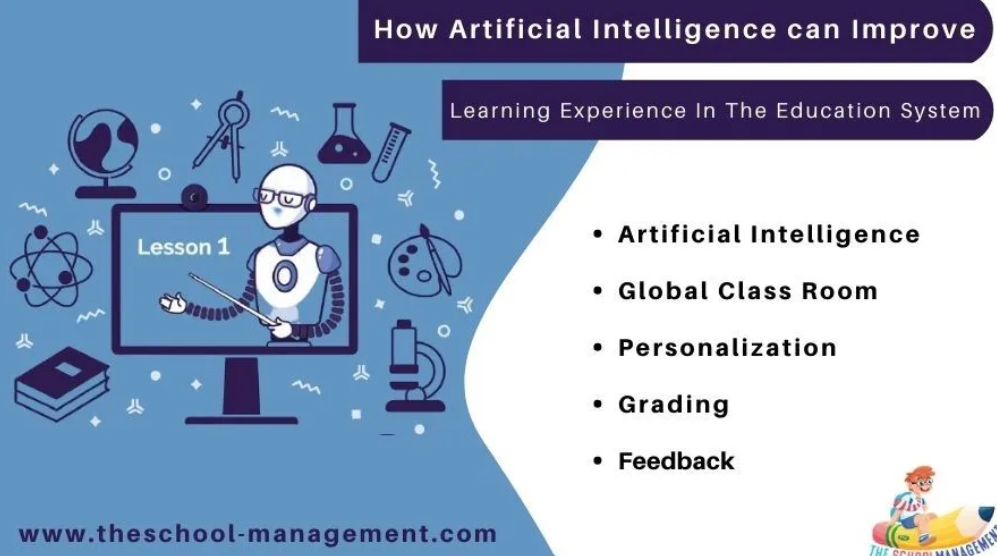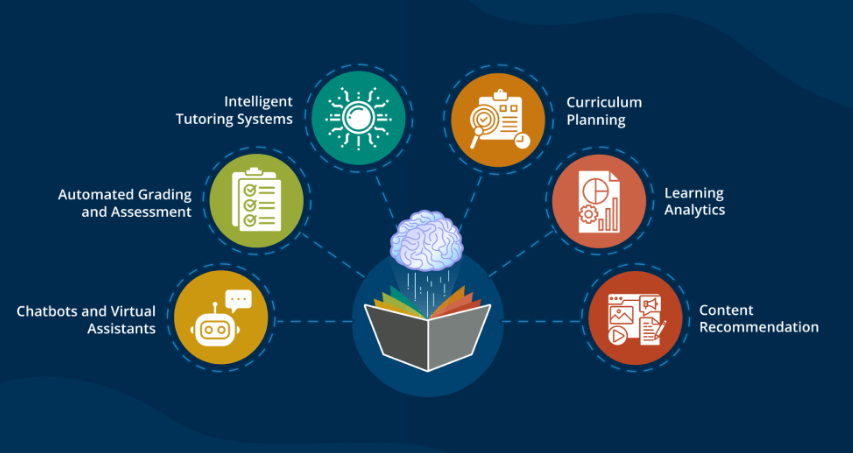Artificial Intelligence (AI) is rapidly transforming various sectors, and education is no exception. By integrating AI into the learning environment, educators can offer more personalized, efficient, and engaging experiences for students. This article explores how AI can enhance student learning, the benefits it provides, and practical applications in classrooms.
Understanding Artificial Intelligence in Education

What is Artificial Intelligence?
Artificial Intelligence refers to the simulation of human intelligence in machines that are programmed to think and learn like humans. In education, AI technologies can analyze data, adapt to individual learning styles, and provide personalized feedback to students.
The Role of AI in Education
AI serves as a powerful tool to support teachers and enhance the learning experience. By automating routine tasks and offering tailored resources, AI allows educators to focus more on teaching and less on administrative work.
Benefits of AI in Student Learning
1. Personalized Learning Experiences
One of the most significant advantages of AI in education is its ability to create personalized learning paths for students. AI systems can assess individual strengths and weaknesses, tailoring content and resources to meet each student’s needs.
- Adaptive Learning Systems: These systems adjust the difficulty of tasks based on student performance. For instance, if a student struggles with a particular math concept, the system can provide additional exercises and explanations to help them grasp the material.
2. Instant Feedback and Assessment
AI can provide immediate feedback on assignments and assessments, allowing students to learn from their mistakes in real time. This instant feedback loop helps reinforce learning and encourages a growth mindset.
- Automated Grading: AI-powered tools can grade multiple-choice and short-answer questions quickly, freeing up teachers to focus on more complex tasks that require human judgment.
3. Enhanced Engagement
AI can create interactive and engaging learning experiences that capture students’ attention. By utilizing gamification and virtual reality, AI can make learning more enjoyable.
- Educational Games: AI-driven educational games can adapt to a student’s skill level, making learning fun and challenging. These games encourage participation and motivate students to progress.
4. Efficient Administrative Tasks
AI can automate administrative tasks, such as scheduling, grading, and attendance tracking. This efficiency allows teachers to spend more time on instruction and less on paperwork.
- Chatbots for Administrative Support: AI chatbots can answer common student inquiries, such as assignment deadlines or course materials, reducing the administrative burden on teachers.
5. Data-Driven Insights
AI can analyze vast amounts of data to provide insights into student performance and learning patterns. Educators can use this data to identify trends and make informed decisions about instructional strategies.
- Predictive Analytics: AI tools can predict which students may be at risk of falling behind, allowing teachers to intervene early and provide additional support.
Practical Applications of AI in the Classroom

1. Intelligent Tutoring Systems
Intelligent tutoring systems (ITS) provide personalized instruction and feedback to students. These systems simulate one-on-one tutoring experiences, adapting to each learner’s pace and style.
- Example: Platforms like Carnegie Learning use AI to deliver tailored math instruction, helping students master concepts at their own pace.
2. AI-Powered Learning Platforms
Many learning platforms leverage AI to enhance educational content. These platforms can offer personalized recommendations based on a student’s interests and learning history.
- Example: Khan Academy uses AI to recommend exercises and videos tailored to individual learning needs, allowing students to learn at their own speed.
3. Language Learning Applications
AI-powered language learning apps can enhance the language acquisition process through interactive lessons and instant feedback.
- Example: Duolingo uses AI algorithms to personalize language lessons, adapting to the user’s progress and areas needing improvement.
4. Virtual Classrooms and AI Assistants
Virtual classrooms equipped with AI assistants can facilitate remote learning by providing real-time support and resources to students.
- Example: Tools like Microsoft Teams and Google Classroom integrate AI features that assist teachers in managing classes and engaging with students.
5. Learning Analytics Tools
AI-driven learning analytics tools help educators monitor student performance and engagement, offering valuable insights into the effectiveness of teaching strategies.
- Example: EdTech platforms like Brightspace analyze student data to help teachers understand learning trends and tailor their approaches accordingly.
Challenges of Implementing AI in Education
1. Data Privacy Concerns
The use of AI in education raises concerns about data privacy. Schools must ensure that student information is protected and used responsibly.
2. Equity and Access
Not all students have equal access to technology, which can create disparities in learning opportunities. Educators must be mindful of these differences when integrating AI tools.
3. Resistance to Change
Some educators may resist adopting AI technologies due to a lack of understanding or fear of job displacement. Providing training and support can help alleviate these concerns.
4. Dependence on Technology
Relying too heavily on AI could lead to a decline in critical thinking and problem-solving skills. Balancing technology use with traditional teaching methods is essential.
Best Practices for Integrating AI in Education
1. Start Small
Begin by integrating one or two AI tools into your teaching practices. Evaluate their effectiveness and gradually expand your use of AI technologies based on student needs.
2. Provide Training for Educators
Offer professional development opportunities to help teachers understand and effectively use AI tools in their classrooms. This training can enhance their confidence and competence in implementing technology.
3. Foster Collaboration
Encourage collaboration among educators, technology experts, and administrators to share best practices and troubleshoot challenges related to AI integration.
4. Prioritize Student-Centric Approaches
Always keep the student experience at the forefront when implementing AI tools. Focus on how these technologies can enhance learning outcomes and engagement.
5. Monitor and Evaluate
Continuously assess the effectiveness of AI tools in the classroom. Collect feedback from students and teachers to make informed decisions about technology use.
